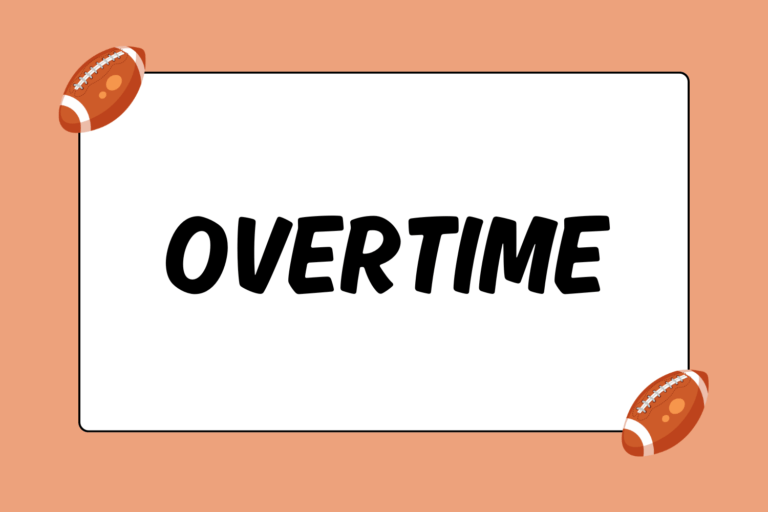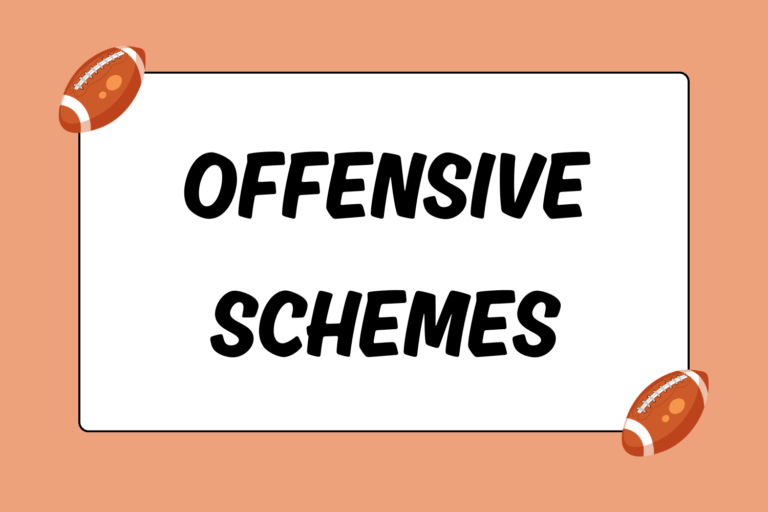Every youth football player needs to learn the fundamentals of blocking. Though some players make blocks more frequently than others, it’s still important that every player has the ability to make a basic block. This guide identifies and explains some simple training drills that are specifically designed to help younger players master the basics of blocking.
The Launch
When executing a run block, the first move is the most important. Blockers must fire out of their stances the moment the ball is snapped in order to quickly establish the block and control the opposing player. Before players start working on blocking techniques, you should teach them the importance of a quick first move. That’s exactly what the following drill aims to do.
How the Drill Works
Start by having players get into five lines. These five lines represent the five offensive linemen positions — center in the middle, two guards on either side, and a tackle outside of each guard. One player from each line participates in the drill. Here’s how it works:
- The first five players all line up in a three-point stance. Five yards across from each of them is another player holding a small blocking pad. Explain to the players that when you blow the whistle, each player fires out from their stance as quickly as possible. Then, they slap the pad out of the player’s hands across from each of them.
- The fastest player to explode out of their stance and slap the pad “wins,” and then steps out of the drill. The other four players line up and go again.
- Repeat this process until there is one player left. The last player in the group must perform 10 push-ups, or a similarly demanding exercise.
This simple competition helps players understand what it means to have a quick first move. It also helps the coach assess which players can fire out quickly, and which players needs more time and practice. When explaining this drill, make sure the players know that it only relates to run blocking. Pass blocking requires blockers to stay closer to their original positions along the line of scrimmage.
The Run Block
Proper footwork is one of the most important aspects when making a run block. By keeping the feet shoulder-width apart and constantly moving, it’s much easier for a blocker to maintain momentum after he blasts out of his stance. This drill helps players get used to keeping their feet moving while also maintaining a shoulder-width stance.
How the Drill Works
This drill should be run one player at a time, so have players line up in a single-file line. Make sure that you demonstrate the drill to your team so they are confident and familiar with each step. You’ll need a tackling dummy and a piece of equipment — such as an agility pad or group of small blocking pads — that will make players keep their feet shoulder-width apart.
- Explain that players start from a three-point stance. When they hear the whistle, they fire out and engage the tackling dummy. It should be held by a coach approximately three yards in front of the player – place the front of the foot-spacing equipment here. Instruct players to keep their feet chopping (constantly moving), and to not step on the equipment that’s between their legs.
- The first player springs up and blocks the tackling dummy. The coach provides minimal resistance, letting the player drive the dummy backwards a few yards while reminding them to keep their feet moving. He also watches the player’s feet to see if they step on the equipment.
- Once players reach the end, the coach tells them if they kept their feet wide enough (if they stepped on the pad or avoided it). Players that step on the pad have to do five down-ups, or a similar activity.
Once players are comfortable with this drill, you can easily modify it to make it more difficult. For example, have two players line up at opposite ends of the foot-spacing equipment and facing each other. When the whistle blows, they engage and drive block against each other. The drill is over when one of the players steps on the foot-spacing equipment, or when one player drives the other back to his starting point.
The Pass Block
Unlike the fire-out-and-attack mentality of run blocking, a good pass block requires blockers to act as a mobile wall and deflect defenders away. It still requires blockers to engage defenders, but only after those defenders approach a blocker.
How the Drill Works
Arrange players into two groups — blockers (offense) and attackers (defense) — with one player from each group participating in the drill. The coach running the drill stands approximately five yards behind the blocker and acts as the target. Explain that the blocker has to hold the attacker off for five seconds, and the attacker has five seconds to get past the blocker and “tackle” (by touching) the coach.
- One blocker and one attacker line up across from each other. Both players are down in a three-point stance.
- The coach blows the whistle. The attacker rushes forward, and is met by the blocker.
- If the attacker hasn’t reached the coach after five seconds, blow the whistle again to stop the drill. The player who failed to do their job has to do 15 sit-ups.
Make sure players are switching groups after they go through this drill, so all players get a chance to both block and attack.
Blocking Basics
It’s important to keep things simple when first teaching players how to block. Don’t go into too much detail with instruction, and don’t make drills too complicated. Only after players can demonstrate that they have a good grasp of the blocking fundamentals should you move on to more specific and difficult training exercises.





